
 Li with a fuel cell prototype.
Li with a fuel cell prototype.
ALTERNATIVE green energy resources are fast becoming a reality with significant advances in fuel cell technology being made by Cummins Power Generation, a world leader in the design and manufacture of power generation and technology.
Based on current progress, solid oxide fuel cell-based mobile power products will be commercially available within three years, with higher powered 100-kW stationary power units becoming commercially available in seven to 10 years, says a senior researcher in the fuel cell field at Cummins.
Xin Li, a technical specialist at the company, says: “Fuel cell technology, the pollution-free electricity generation technology, which provides a green alternative to the combustion of gasoline and other fossil fuels, is anticipated to become the main source of energy to power electrical cars, trucks, buses and even homes.”
Functioning similar to a battery, which uses electrochemical conversion, fuel cells produce electricity from fuel (on the anode side) and an oxidant (on the cathode side), which react in the presence of an electrolyte. Solid oxide fuel cells (SOFCs) that operate on a mixture of hydrogen and carbon monoxide are more compatible with existing fuel infrastructures including natural gas, and the only by-products are water vapour and a small amount of carbon dioxide, he says.
Cummins’ history with fuel cell technology dates back as far as the 1960s but was renewed in 2001 when the company began an association with the US Department of Energy’s (DOE) Solid State Energy Conversion Alliance (Seca) programme. Cummins elected to focus its research and development on SOFC technology due to its potential to be cost effective while operating cleanly and efficiently on existing hydrocarbon fuels, as well as hydrogen as it becomes more widely available.
In 2007, Cummins was one of six industry teams involved in the DOE Seca programme to successfully complete the Phase One tests of the first SOFC prototypes. “These units offered the potential to be manufactured at costs approaching conventional stationary power-generation technology,” says Li, whose significant contribution to the design and implementation of the low-cost air supply system for fuel cell helped achieve overall system costs and performance meeting aggressive DOE targets.
The resulting SOFC power system (developed with Versa Power) has the potential to seamlessly replace diesel powered generator sets in many applications and can provide virtually silent power with significantly lower fuel consumption and exhaust emissions than existing generator sets, according to Cummins. Additional benefits include higher reliability and lower maintenance than today’s systems.
The prototype unit tested for Seca produced 3 kW of electrical power while operating on natural gas and ran flawlessly for over 2,000 hours at Cummins’ test facility in Minneapolis, Minnesota, demonstrating an efficiency of more than 37 per cent, which compares favourably with comparably-sized small-engine-based generator sets, where efficiency is generally well below 30 per cent.
Commenting on the advantages of the SOFC system, Xin Li says: “The benefits of SOFC-based energy are numerous. The technology represents a highly-efficient, clean emission (no exhaust treatment required) source of high quality AC power, which is compatible with other energy resources such as diesel generator sets, solar and wind. The power output is quiet, making it more environmentally attractive than traditional engine-driven generators, with low vibration levels, and the whole system boasts the added appeal of low maintenance.”
SOFC technology can provide a reliable power generation solution for a range of applications including telecommunications, recreational vehicles, marine, truck APU (auxiliary power unit), home CHP (combined heat and power) and the military.
He Li adds: “In the case of CHP, in addition to the significant green credentials, the possible financial savings to the consumer are considerable. For example, for some CHP applications, the natural gas-powered SOFC system can deliver over 70 per cent efficiency, which when converted to current pipeline natural gas prices represents half the cost of regular supply electricity.”
Cummins Power Generation, a subsidiary of Cummins Incorporated, is a major leader in increasing the availability and reliability of electric power around the world. With over 90 years’ experience, its global distributor network delivers innovative solutions for various power needs – commercial, industrial, recreational, emergency and residential. Its products include alternators, generator-drive engines, and temporary or permanent pre-integrated power systems combining generator sets and power control and transfer technologies.






.jpg)


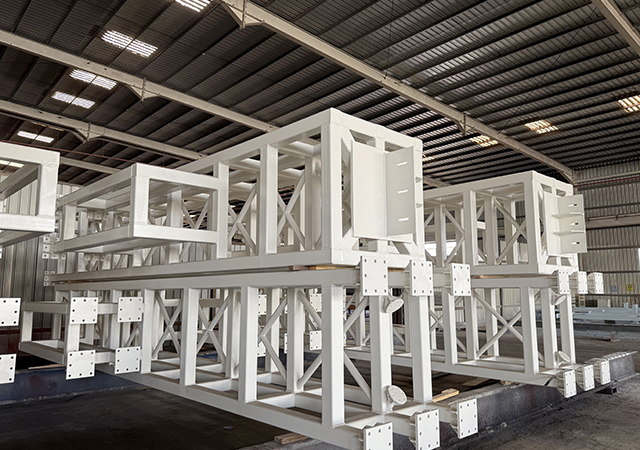






.jpg)
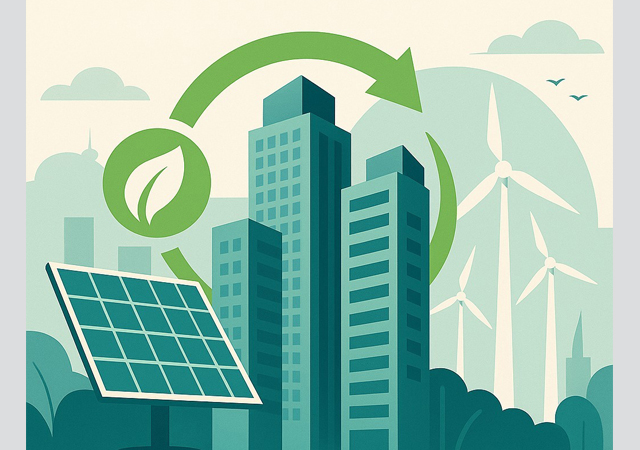

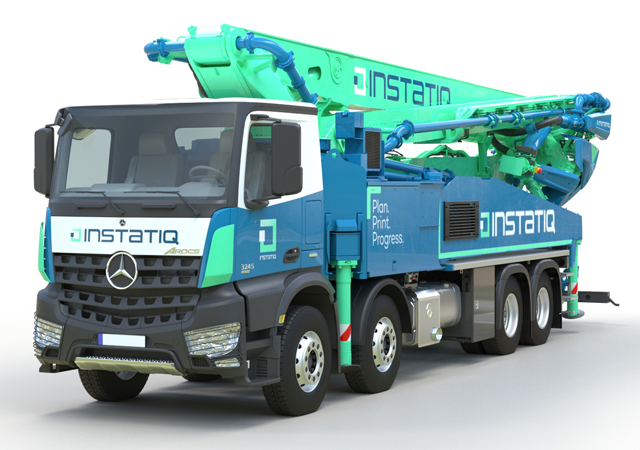


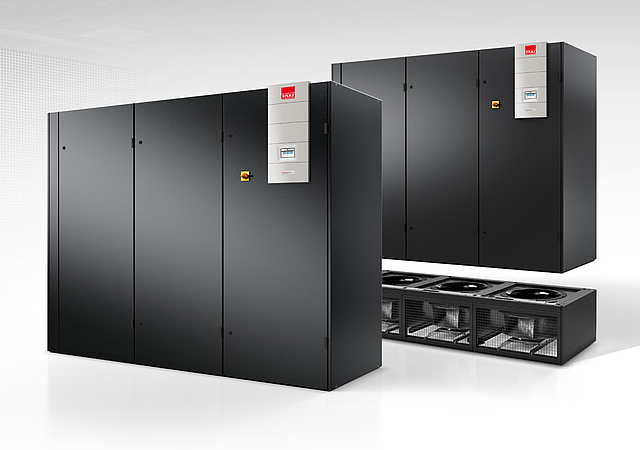
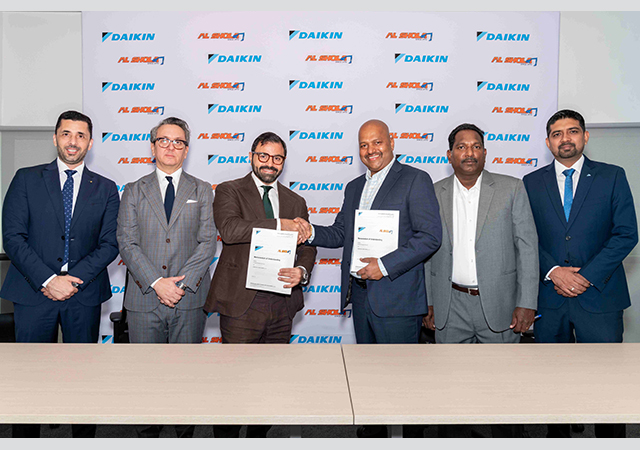

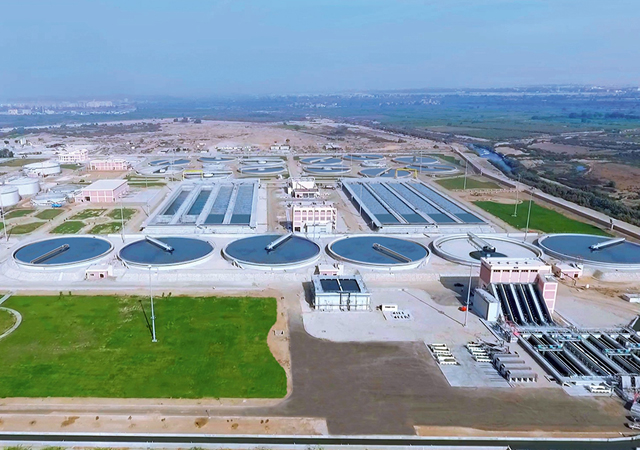




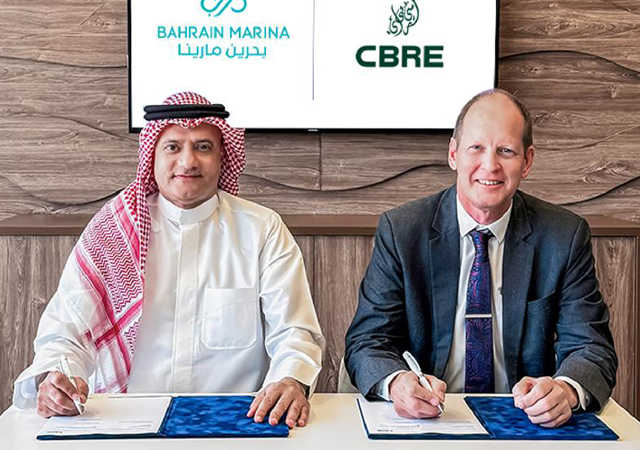


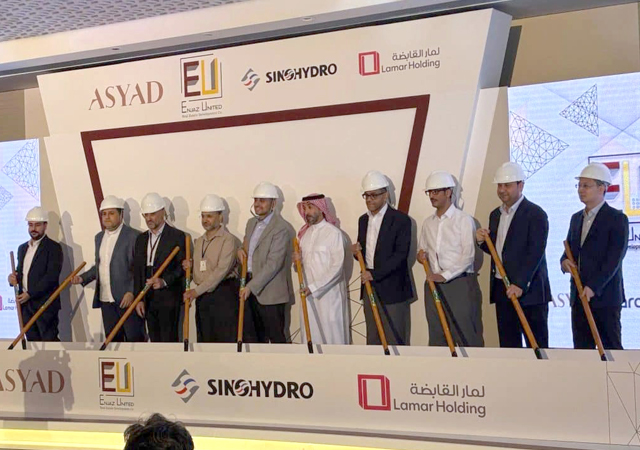

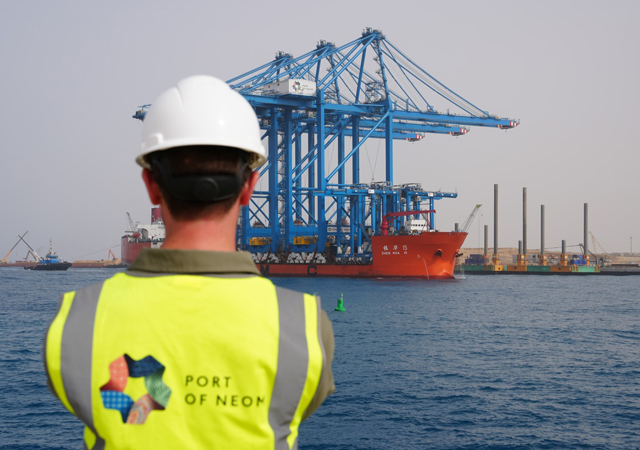




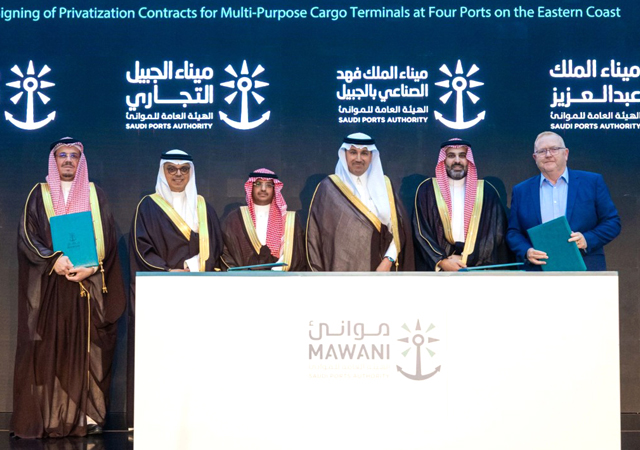












.jpg)



